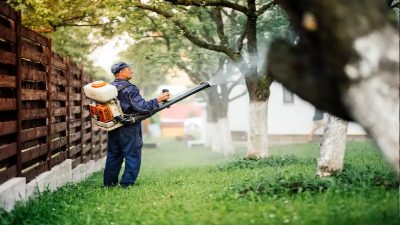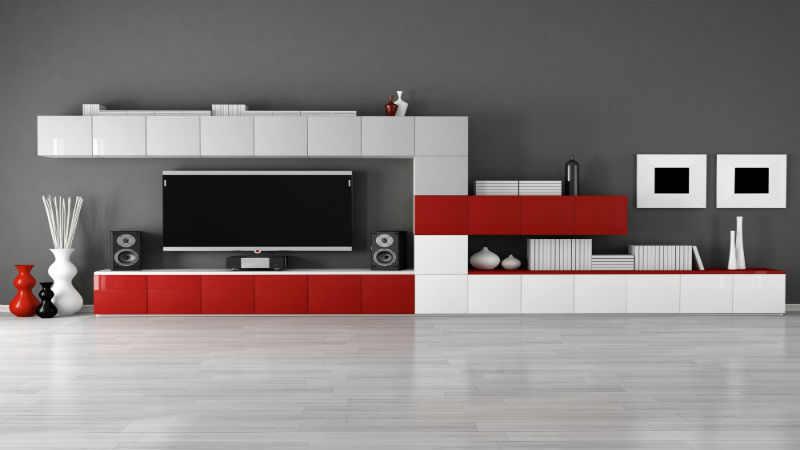When paint and sponges begin to bore you and you want a change in your interior design, look at the rest of the world of wall coverings to find out how you can create a unique look in your home. Match the furniture and upholstery, compliment your custom flooring, cover the walls in something that makes you feel like you’re sitting in a garden, or make an entire new environment in the room of your choice with the right wall covering.
Textures and Materials
From plain lining paper that will smooth the texture of your walls in preparation for something you didn’t think would work to grass woven into a wall covering that makes your home feel like a comforting forest, there are infinite possibilities to the textures and materials that you can use to cover your walls, each with its own good qualities and special considerations.
- Vinyl and paper are the most common materials used to cover walls. The vinyl is plastic with a paper backing that is attached to the wall with adhesive and the regular paper is the same without the plastic on top. It’s inexpensive, comes in a large variety of colors and styles, and is easy to apply and remove. Vinyl is simpler to clean than paper as it can withstand vigorous scrubbing without inviting tears or other damage to the material.
- Cloth, flock, and foils are much more expensive and difficult to clean because of the porous nature of the fibers in flock or cloth and foils can be scratched. The end result can be very aesthetically pleasing and stylish as well as last long without coming off the wall but special considerations must be taken for the fact that these papers have to be applied carefully to ensure that the patterns are straight and can pucker during installation. They’re also much more difficult to remove.
- Natural grasses and cork are among the most expensive materials to use as wall coverings. However, cork is extremely durable and practical as you can pin things to the wall covering without poking holes in the actual plaster. Natural grasses woven into cloth are highly stylish and can create a look that is both unique and pleasing. It is also delicate and that makes installation more difficult than most.
Specialty Styles
You can use foamed vinyl to create the illusion of ceramic tiles without the hassle of actually installing ceramic tiles. Wood paneling can be used to cover a wall and match the wood flooring for a distinguished look. Custom wallpaper can be created with personal photos or artwork and to bring a room together to look like the wall is a sunset or exposed brick behind a bookshelf, chalkboard paper for kids’ playrooms or even wallpaper that resembles the stones inside a medieval castle.
Learn All Your Options
If the materials that you find are not exactly what you’re looking for, talk to your designer about other styles that might work for your interior design. The most important part is that you love the finished product so that your home can be the haven that you desire every time you choose to redecorate.








